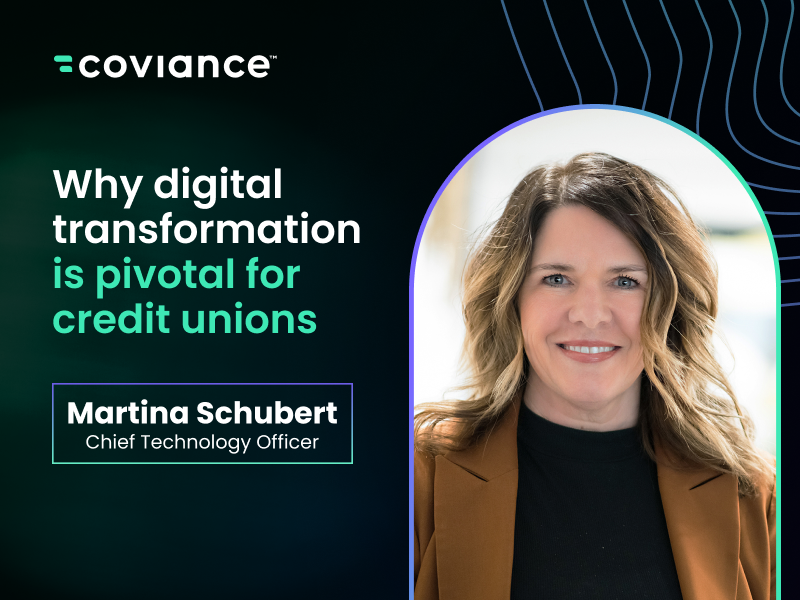Advantages of Home Equity Loans for Borrowers and Lenders
Technology is changing the ease of home equity lending, making it a true win-win for both the borrower and the lender. We think it deserves a more frequent look.

.png)
This article was originally published on CUInsight.
When a borrower comes to your institution seeking funds, they likely don’t arrive with a specific type of loan in mind. They have a specific need and look to their lender for guidance about the best way to address it. Personal loans are commonly the go-to option for lenders and are often the fastest, easiest way to get a borrower access to funds. But technology is changing the speed and ease of home equity lending, and we think these loans deserve a closer look.
Home Equity Loans are Becoming Faster and Simpler
In a pros and cons comparison of personal loans vs. home equity loans, the “cons” of home equity loans include a (much) longer process with more hoops to jump through. It’s a fair critique since many institutions average four weeks or even longer to close. In that light, the personal loan might seem the obvious choice. But what if the borrower doesn’t have stellar credit? What if they need a large amount of cash to fund a longer project that could require multiple draws? These can lead to potential roadblocks.
Fortunately, by leveraging the power of today’s technology, you can adopt automated lending workflows to intelligently execute the home equity loan process. Suddenly, you’re able to close on a HELOC in days, not weeks. That certainly changes things, doesn’t it?
Lenders that digitize and streamline their back-end processes can radically change the traditional expectations around home equity lending. With a simple click that launches an advanced automated workflow, lenders can slash timelines like they never thought possible. And, it’s not just about doing everything faster. It’s about working much, much smarter. Using an automated workflow means that upon clicking “start,” the loan process is intelligently carried out utilizing an efficient set of best practices. Plus, borrowers are kept informed using decisioning intelligence to automatically gather documents and send real-time communications.
Now, you’re freed up to do other, more productive things that don’t include manual paperwork, duplicate data entry and checking on appraisal status. What about offering borrowers more financial guidance, or identifying other product offerings that fit their needs?
Home Equity Loans Can Save Borrowers Long-Term
Borrowers that need a substantial sum of money or are embarking on a new, long-term project should be encouraged to look at home equity lending options that may save them significantly in the long run. Those that don’t possess a top-tier credit score but do have equity in their homes may actually find it easier to qualify for a home equity loan since it is secured with collateral. Home equity loan interest rates are typically less than alternative solutions like credit cards or unsecured personal loans..
The interest savings offered by home equity loans can really make a difference over time. And, there’s another distinct interest rate benefit that personal loans can’t offer: potential tax advantages. Borrowers using a home equity loan to improve their home may be able to deduct the interest from the loan if they itemize deductions on their tax return (consult a tax advisor for your situation).
The Bottom Line
Gone are the days when lenders had to wonder if a home equity loan was worth the time and effort for the borrower or the institution. When powered by fast and efficient technology that injects speed and efficiency into the lending process, home equity lending can be a true win-win for both parties.



.svg)

.png)


.png)





.png)






